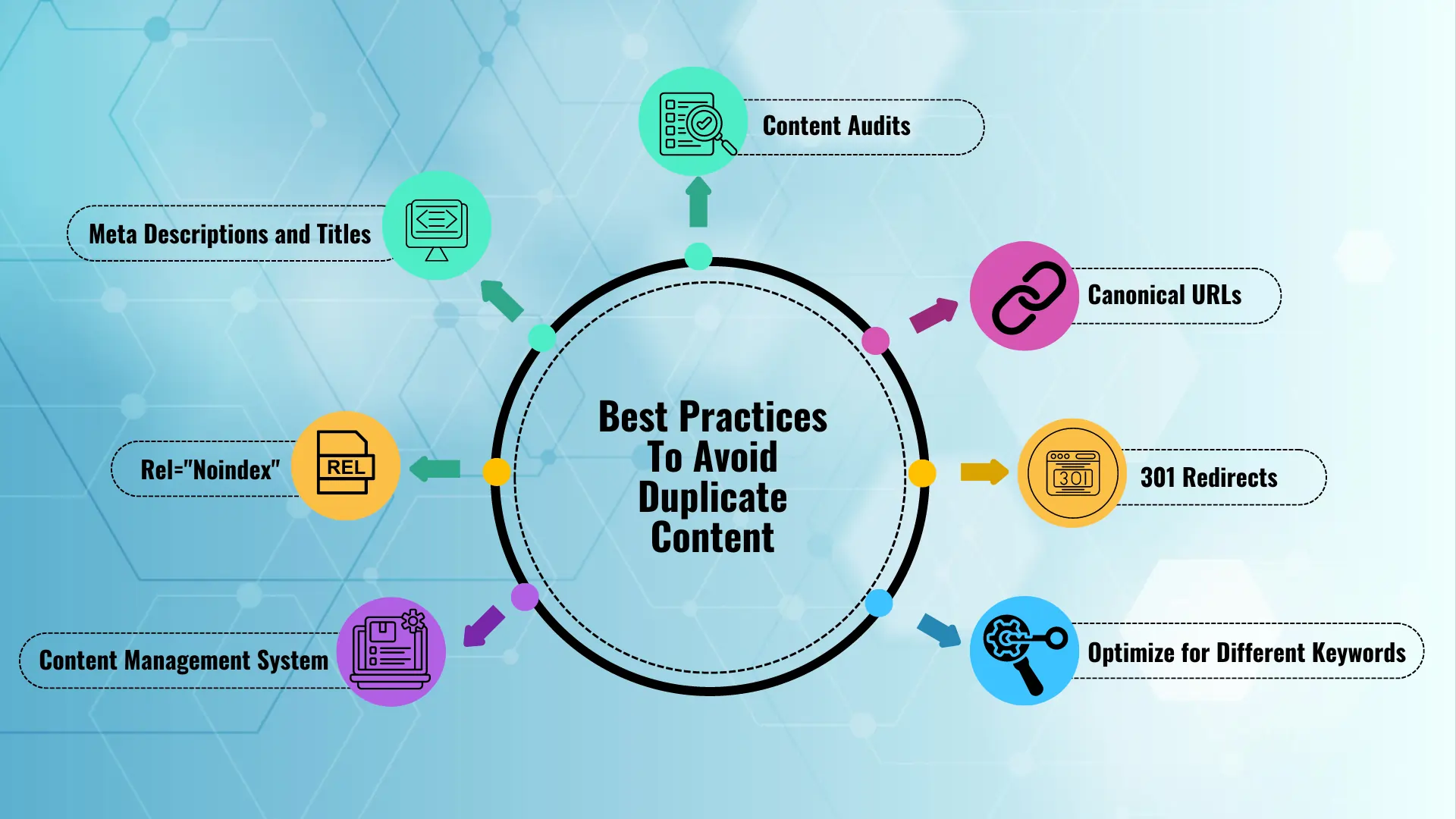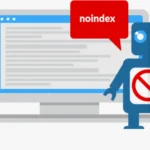Best Practices To Avoid Duplicate Content

Creating unique and engaging content is important for maintaining a successful blog. Duplicate content effects your SEO efforts and decrease your credibility. As we have already discussed about what is duplicate content and what are its effect on SEO. In this post, we’ll explore the best practices to avoid duplicate content and ensure your work stands out.
Best Practices To Avoid Duplicate Content
Conduct Regular Content Audits
Regularly review your content it helps in identifying and addressing duplicate content issues. Tools like Screaming Frog, Google Search Console, Copyscape and Siteliner can scan your site for duplicate content, allowing you to make necessary adjustments.
Canonical URLs
A canonical URL informs search engines that a particular URL is the main copy of a page. While you use a canonical URL, you are instructing search engines that the content on that page should be crawled and ranked, but any other copies of this page should be ignored. This is an efficient practice for avoiding duplicate content problem.
301 Redirects
A 301 redirect is a permanent redirect from one URL to another. This is a good technique preferred by experts to avoid duplicate content issues. A 301 redirect tells search engines to disregard the old URL and indicates search engines to index and rank the new URL.
Optimize for Different Keywords
Creating material around different keywords helps to avoid overlap. Conduct extensive keyword research and prioritize long-tail keywords to ensure that each piece of content targets a distinct search intent.
Content Management System
A Content Management System (CMS) is software that makes it simple to manage the content on your website. A CMS can help you prevent creating duplicate content by provideing tools for managing your content and ensuring its uniqueness.
Duplicate Content Checker
A duplicate content checker is an essential tool for webmasters and SEO specialists who want to ensure the integrity and performance of their websites. Duplicate content, whether on the same page or across numerous sites, has a detrimental influence on search engine rankings and user experience.
Meta Descriptions and Titles
Unique meta descriptions and title tags are critical for differentiating your sites. Crafting distinctive and relevant meta information assists search engines and users in understanding each page’s unique worth. Creating unique meta descriptions and title tags for each page is crucial for optimizing your website’s search engine performance and improving user experience.
Use Rel=”Noindex”
The rel=”noindex” element instructs search engines not to index a given page. When you have pages that are unimportant or bring little value to your website, this is an excellent technique to avoid duplicate content issues. Using the rel=”noindex” element, you instruct search engines to disregard such pages, and they will not be indexed or ranked.

Your search engine rankings and reputation might be negatively impacted by duplicate material. Duplicate content issues can be avoided by putting best practices into practice, which include regular content audits, use of canonical URLs and 301 redirects, keyword optimization, utilizing a Content Management System (CMS), creating unique meta descriptions and titles, and utilizing the rel=”noindex” element. By using these techniques, you can make sure your blog or website gets noticed, draws more readers, and offers an enjoyable reading experience.
Thanks For Reading: Best Practices To Avoid Duplicate Content
Partner With Naumaan Oman
Recent Posts
Working Together Ideas come to life
No matter how big your company is, as you expand and reach new highs you’ll want an agency to have your back. One with a process
360presence@gmail.com

© 2023 360PRESENCE All rights Reserved
















